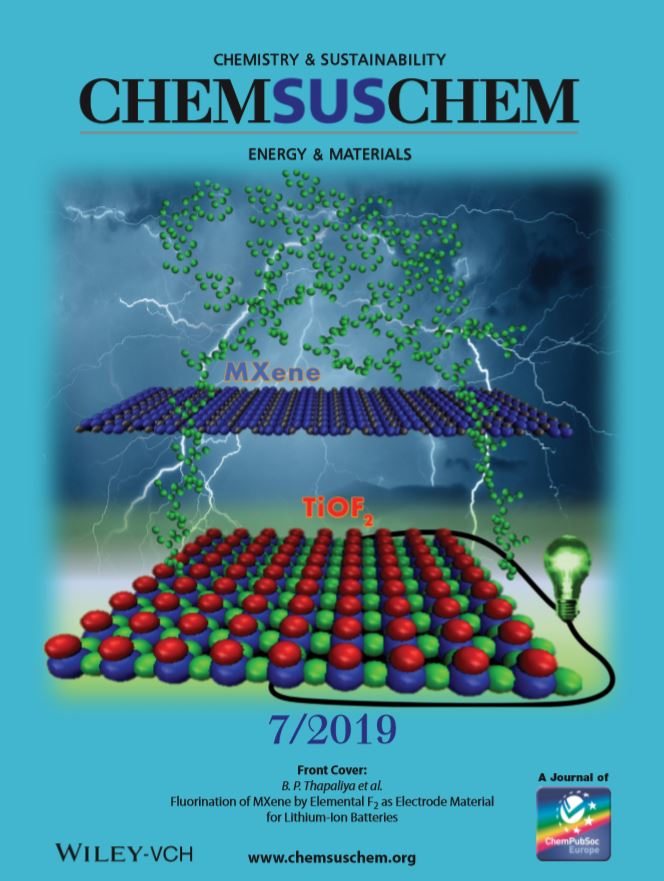Cover Feature: Perspectives and Limitations of Tartaric Acid Diamides as Phase Change Materials for Sustainable Heat Applications (ChemSusChem 13/2025)
IF 6.6
2区 化学
Q1 CHEMISTRY, MULTIDISCIPLINARY
引用次数: 0
Abstract
Phase change materials pave the way to revolutionizing energy storage technologies as cost-effective, scalable solutions without rare earth dependency. In addition, if they are bio-derived, the carbon footprint of such thermal battery technology can be minimal. Tartaric acid-based phase change materials melt at temperatures between 130 and 190 °C with high thermal energy storage capacity, thus making them promising candidates for thermal batteries. More information can be found in the Research Article by K. Matuszek, A. Brzęczek-Szafran and co-workers (DOI: 10.1002/cssc.202500145). Art by the team of INMYWORK Studio.

封面专题:酒石酸二胺作为可持续热应用相变材料的前景和局限性(ChemSusChem 13/2025)
相变材料为革命性的储能技术铺平了道路,使其成为不依赖稀土的经济高效、可扩展的解决方案。此外,如果它们是生物衍生的,这种热电池技术的碳足迹可以最小。酒石酸基相变材料在130 ~ 190℃的温度下熔化,具有较高的热能储存能力,因此成为热电池的有希望的候选者。更多信息可以在K. Matuszek, A. Brzęczek-Szafran及其同事的研究文章中找到(DOI: 10.1002/cssc.202500145)。由INMYWORK工作室团队制作。
本文章由计算机程序翻译,如有差异,请以英文原文为准。
求助全文
约1分钟内获得全文
求助全文
来源期刊

ChemSusChem
化学-化学综合
CiteScore
15.80
自引率
4.80%
发文量
555
审稿时长
1.8 months
期刊介绍:
ChemSusChem
Impact Factor (2016): 7.226
Scope:
Interdisciplinary journal
Focuses on research at the interface of chemistry and sustainability
Features the best research on sustainability and energy
Areas Covered:
Chemistry
Materials Science
Chemical Engineering
Biotechnology
 求助内容:
求助内容: 应助结果提醒方式:
应助结果提醒方式:


